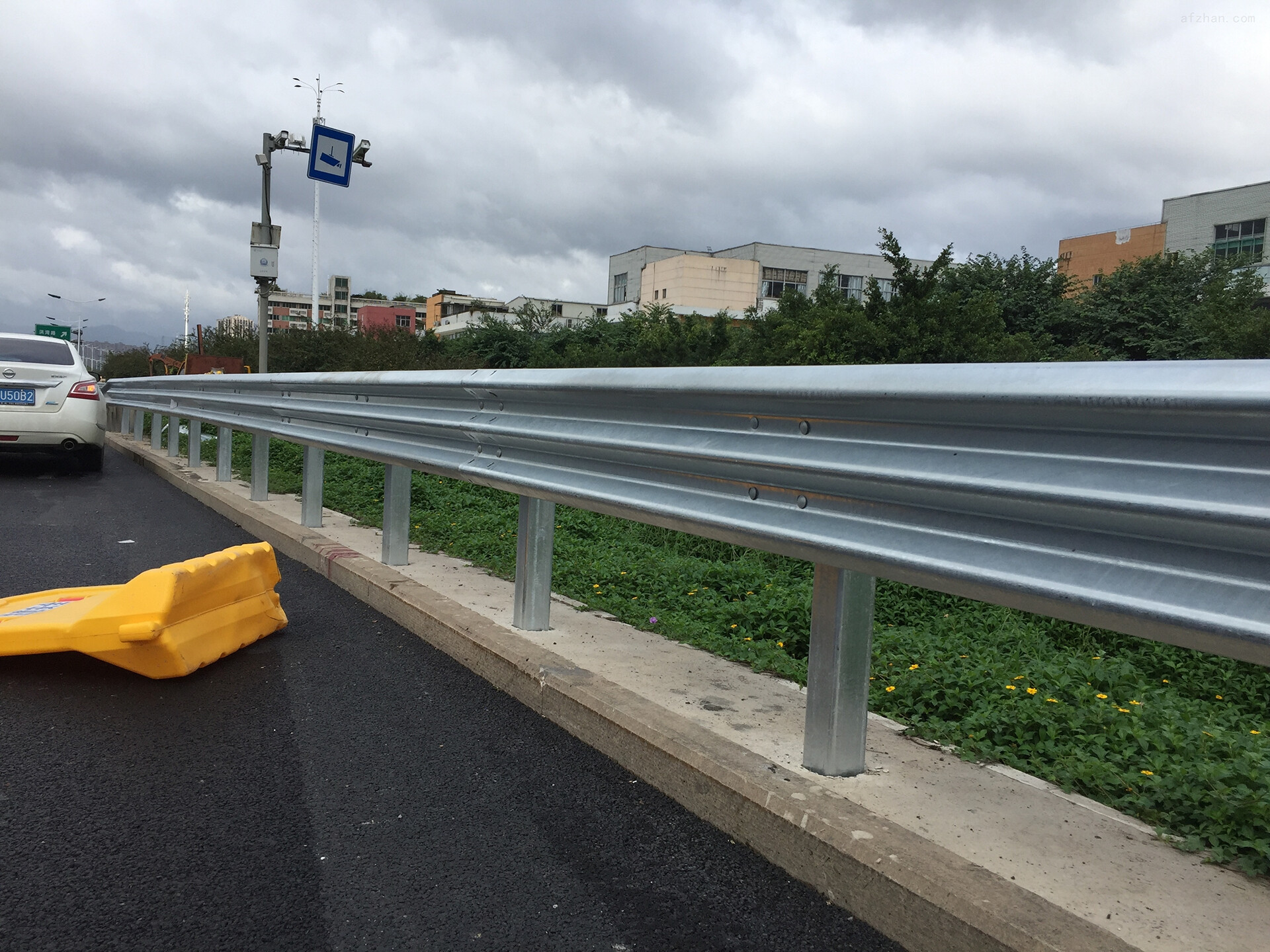
Road type: First determine which road the guardrail will be used on, such as highways, rural roads, bridges, etc. Different roads have different requirements for the guardrail's anti-collision level, weather resistance, and aesthetics.
Setting location: Is it a roadside guardrail or a central median guardrail? This will affect the specifications and installation method of the guardrail.
2. Consider the anti-collision level
Choose the appropriate anti-collision level according to the degree of danger and traffic flow of the road. For example, the S-level guardrail is a reinforced type, suitable for particularly dangerous sections on the roadside; the A-level is used for dedicated highways.
3. Understand the material and specifications of the guardrail
Material: Common guardrail materials include steel, aluminum alloy, glass, etc. Steel guardrails have good toughness and strong impact resistance, suitable for heavy-load traffic such as highways; aluminum alloy guardrails are lightweight and corrosion-resistant, suitable for places with high requirements for aesthetics; glass guardrails have the characteristics of high transparency and beautiful appearance, and are often used in high-end residences and commercial centers.
Specifications: Choose the appropriate specifications according to actual needs. For example, the common specifications of double-wave corrugated guardrails are 4320310853/4mm, and the common specifications of triple-wave corrugated guardrails are 4320506854mm. The specifications and thickness of the columns also need to be selected according to the road type and anti-collision level.
4. Consider surface treatment and color
Surface treatment: The surface treatment of guardrails mainly includes hot-dip galvanizing and galvanized spray-coated. Hot-dip galvanizing has good anti-corrosion properties and is suitable for humid and rainy environments; galvanized spray-coated can be sprayed with different colors of coatings as needed to improve aesthetics.
Color: Choose the appropriate color according to the road landscape and traffic management requirements, such as galvanized silver white, spray-coated green, white, blue, etc.
5. Pay attention to product quality and manufacturer reputation
Choose guardrails produced by reputable and powerful manufacturers to ensure product quality and after-sales service.
Check whether the hardness, durability, anti-corrosion and anti-aging properties of the guardrails meet the relevant standards and requirements.
6. Consider installation and maintenance
Understand the installation method and construction requirements of the guardrail to ensure that the installation is firm and stable.
Consider the maintenance cost and convenience of the guardrail, and choose a guardrail type that is easy to clean and replace.
In summary, choosing a suitable guardrail requires comprehensive consideration of multiple factors such as usage scenarios, anti-collision level, material and specifications, surface treatment and color, product quality and manufacturer reputation, and installation and maintenance. I hope the above suggestions can help you make a wise choice.
Related Posts
- ▶ How to choose the right highway guardrail
- ▶ Steel pipe pile is a basic engineering material composed of steel pipe, tongue and groove, tongue and groove pin, etc., which has a wide range of application scenarios and unique performance characteristics. The following is a detailed introduction to ste
- ▶ As a commonly used building material, steel sheet piles play an important role in engineering construction.
Online Message
Please give us a message
Baogang(Shandong) Iron and Steel Co., Ltd. is a comprehensive company with 15 years of rich experience, integrating steel production, processing and trade. Its main products are channel steel, steel sheet piles, steel pipe piles, high-speed guardrails, I-beams and angle steels.
